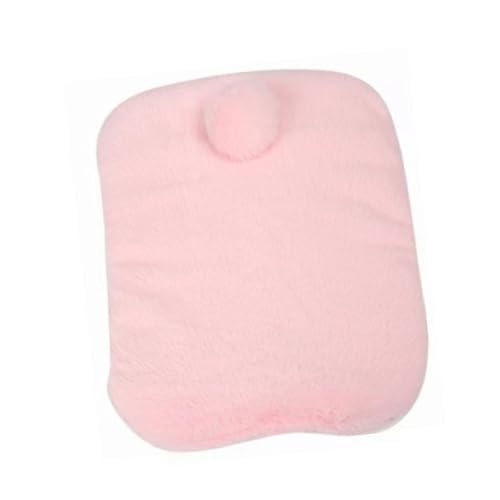Thanks that helps. So far the two remaining bunnies seem to be doing fine. So I guess we will wait and see.
How do you disinfect the cages?What do youuse? How often do youdo that?
Thanks once more for the good info
How do you disinfect the cages?What do youuse? How often do youdo that?
Thanks once more for the good info





































































